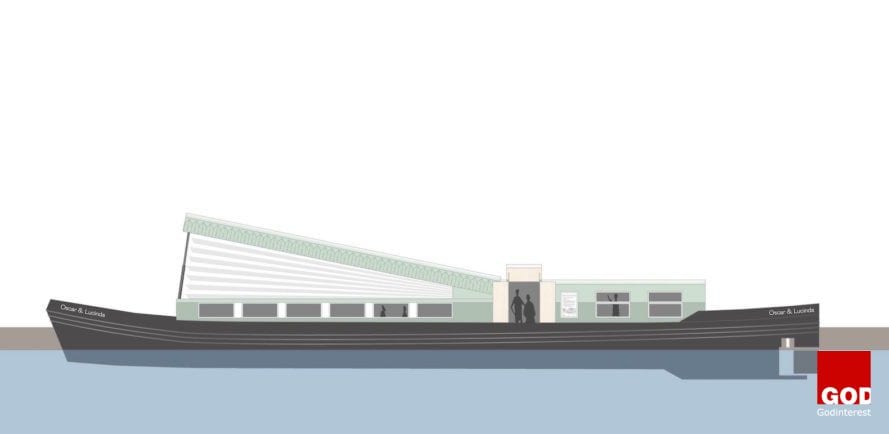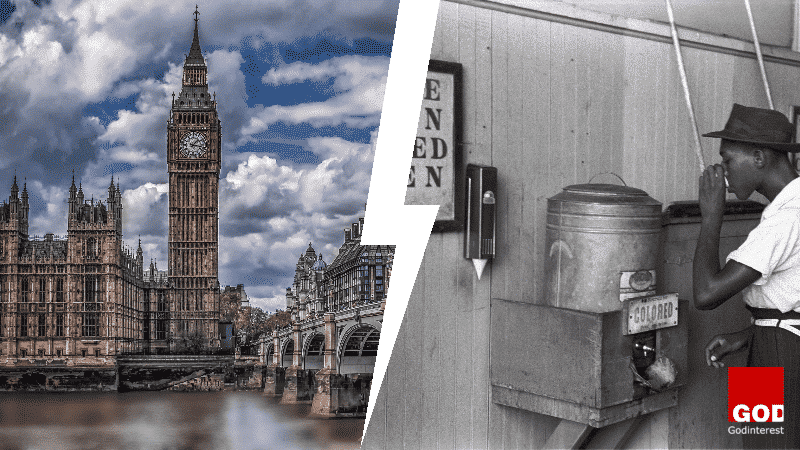You’re the Project Leader, congrats. However, have you ever asked yourself, “Am I a good Project Leader?” and felt unsure of the answer? or what makes a project leader great? Are you a truly amazing project leader or just a mediocre one?
But what can project leaders learn about project management from Jesus of Nazareth?
In the four gospels describing the life and work of Jesus, one sees that his life was to spark widespread interest in the goal of both personal and social transformation.
When given very difficult questions – even questions designed to make him look bad – he finds a way to express the truth so that even his enemies respect him.
Being a project leader is hard. People don’t naturally wish to have one. And not everyone wants to be one. But most people are anxious to follow a good leader, and all projects live or die on the quality of the leaders who run them.
“It’s not a stretch at all to say that Jesus was the greatest leader the world has ever seen. There’s a reason why you see all those churches in your town.”
Surely by adopting the habits of Jesus and shunning the sins of bad project leaders, anyone can do a better job of managing projects. Just as long as the leader has a growth mindset.
Not sure how you stack up? Here are some key beliefs that are held by the best Christ-like project leaders, but that is often rejected by the worst.
- You treat others the same way you want them to treat you.
- You put the human before the project and understand that life sometimes gets in the way.
- The success of the project depends largely on you being the master of obvious and mundane things, not obscure, or breakthrough ideas or methods.
- People you manage feel comfortable bouncing ideas off you, sharing feedback, saying ‘I don’t know’ and admitting mistakes.
- You are aware of what motivates you and your decision-making.
- You strive to be confident enough to convince people that you are the project leader, but humble enough to realize that you are often going to be wrong.
- You always roll up your sleeves and pitch in when needed right alongside your team.
- You give feedback — “the good, the bad and the ugly”.
- You shepherd your people through every hard turn.
- Your rewards for success are keeping your job and receiving, even more, responsibilities and challenges.
- You are aware of your own blind spots and challenge yourself to step out of your comfort zone in order to build trust and motivate the team.
- You realize that most difficult part of being a project leader is striking the balance between being too assertive and not assertive enough.
- You leave your ego at the door and are able to surround yourself with people that are more knowledgeable and more skilled than you are to complete the project tasks.
- You are transparent.
- You inspire.
- You aim to fight as if you are right, but listen as if you are wrong.
- You admit to having a inaccurate understanding of what it feels like to work for you.
- You understand that how you do things is as important as what you do.
- You understand that because you wield power over others, you are at great risk of being insensitive and not knowing it.
- You create clear structures for each team member and ensure that they know what their responsibilities are.
- You are approachable and show real concern to the issues facing the people on your team.
- You use your status for the greater good of the company and treat the team members with respect.
In God’s project of reconciling man with God, Jesus Christ is the “man in charge”. He kept the elements of God’s Salvation project together and as the project leader, worked within the elements of scope (reconciliation of all mankind unto God; 2 Peter 3:9), time (when the fullness of time has come, God sent forth Jesus, his Son to be born of a woman to redeem and Save all mankind who were under the law; Galatians 4:4-5) and cost (willingly laying down his very own life; John 10:18).
Learn to inspire, teach, protect, remove obstacles and be human and you’ll become the unforgettable project leader that your people will remember for the rest of their life’s.
























